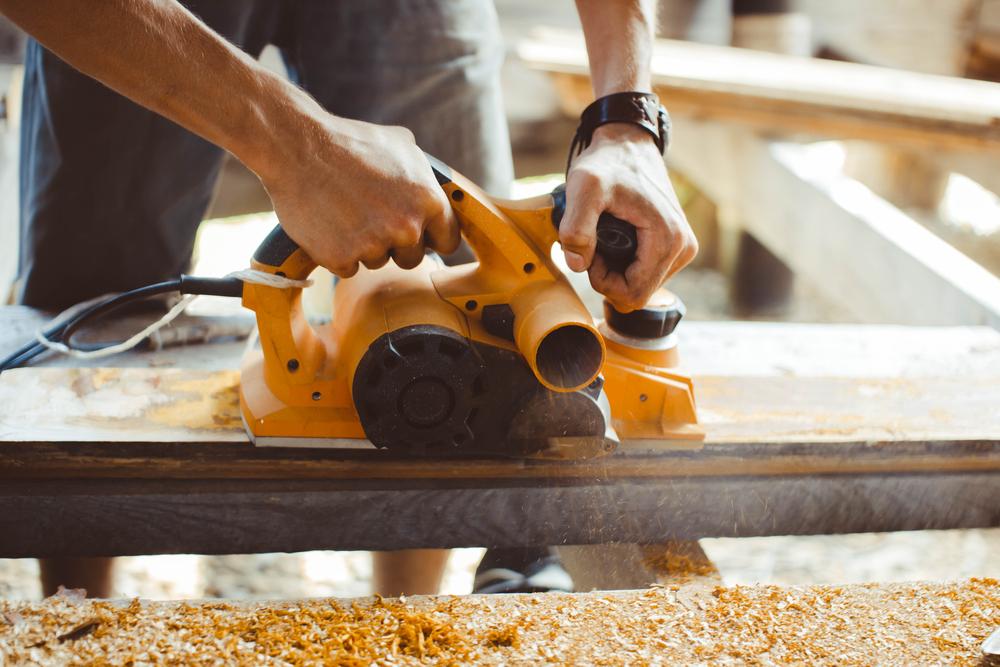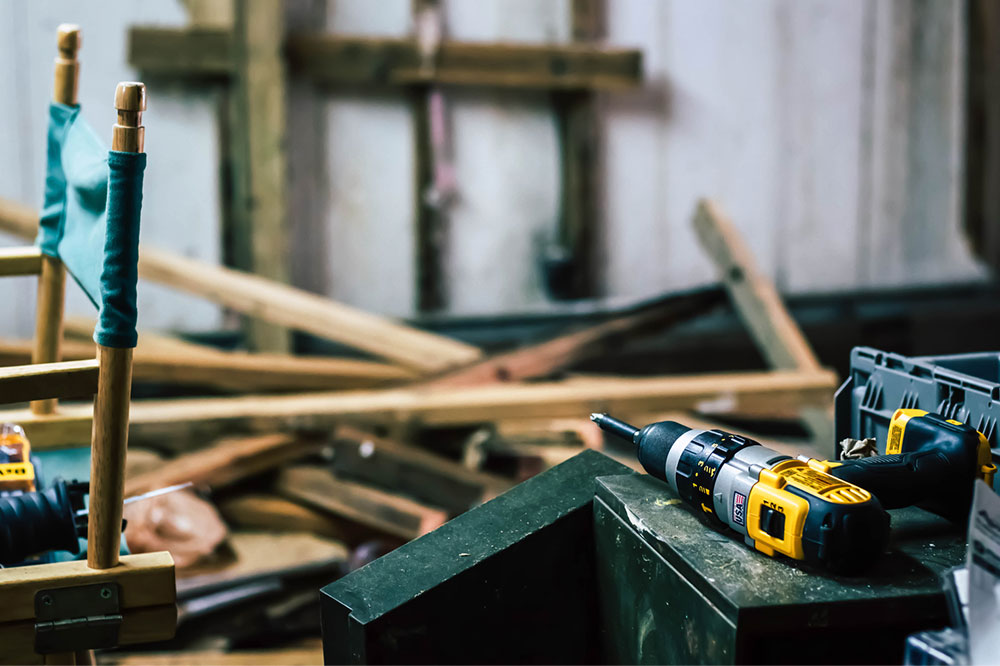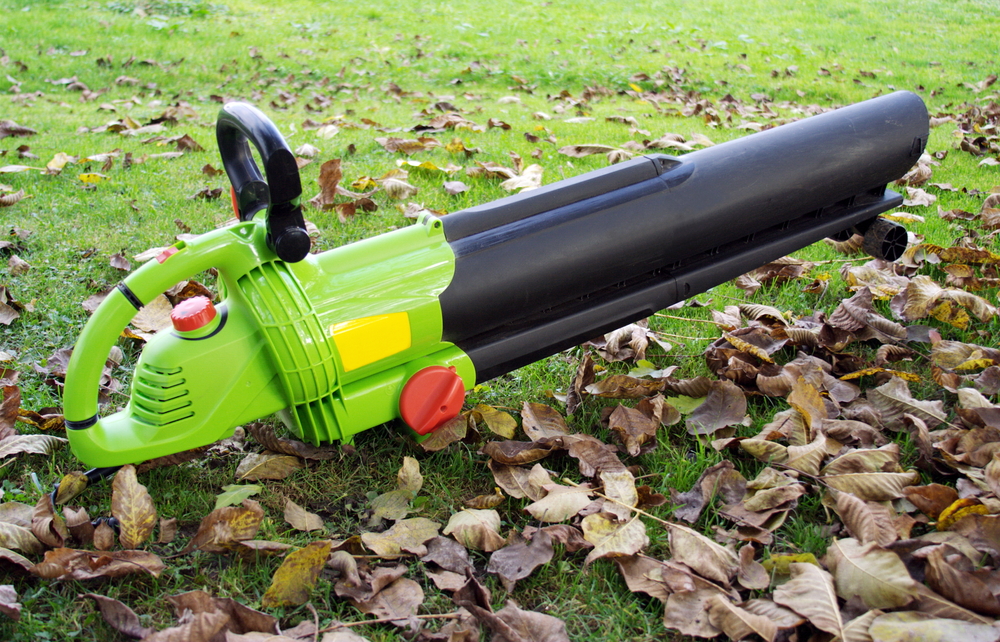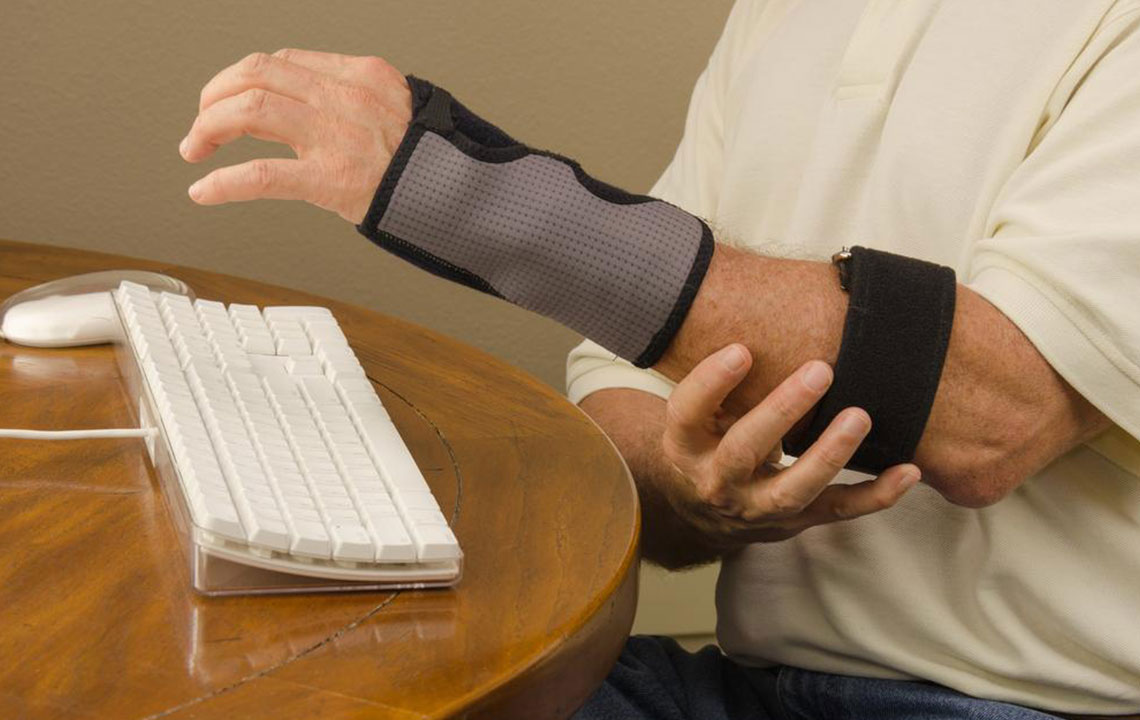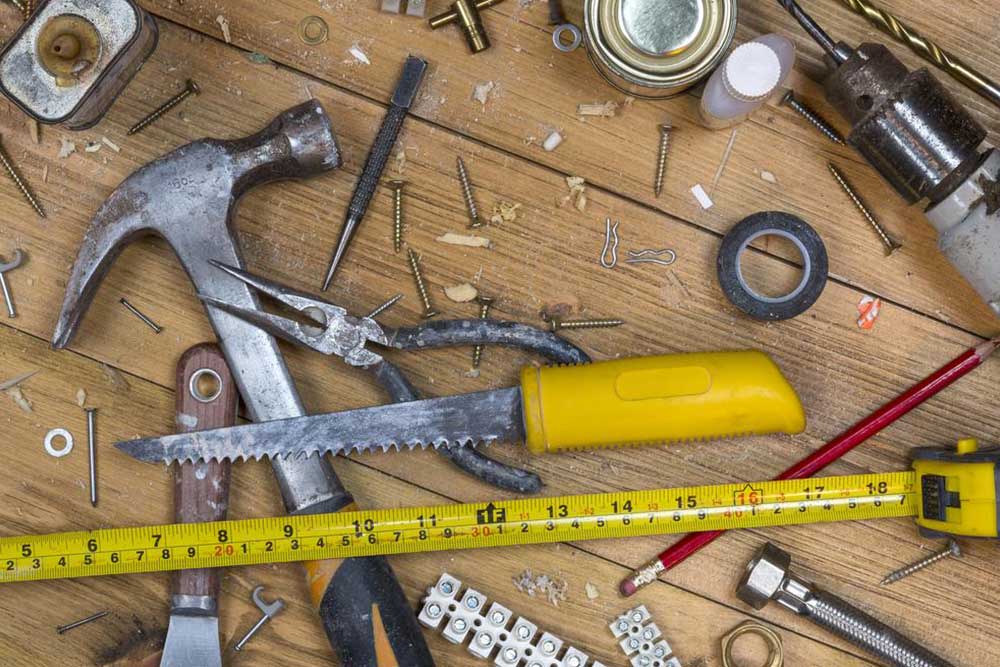Essential Safety Guidelines for Using Power and Hand Tools
This article highlights essential safety tips for operating power and hand tools to prevent accidents and injuries. It emphasizes protective gear, proper handling, inspection, and storage practices, whether working with power equipment or manual tools. Following these guidelines ensures safe, efficient work practices for both beginners and experienced users, reducing the risk of injuries associated with common tool usage mistakes.
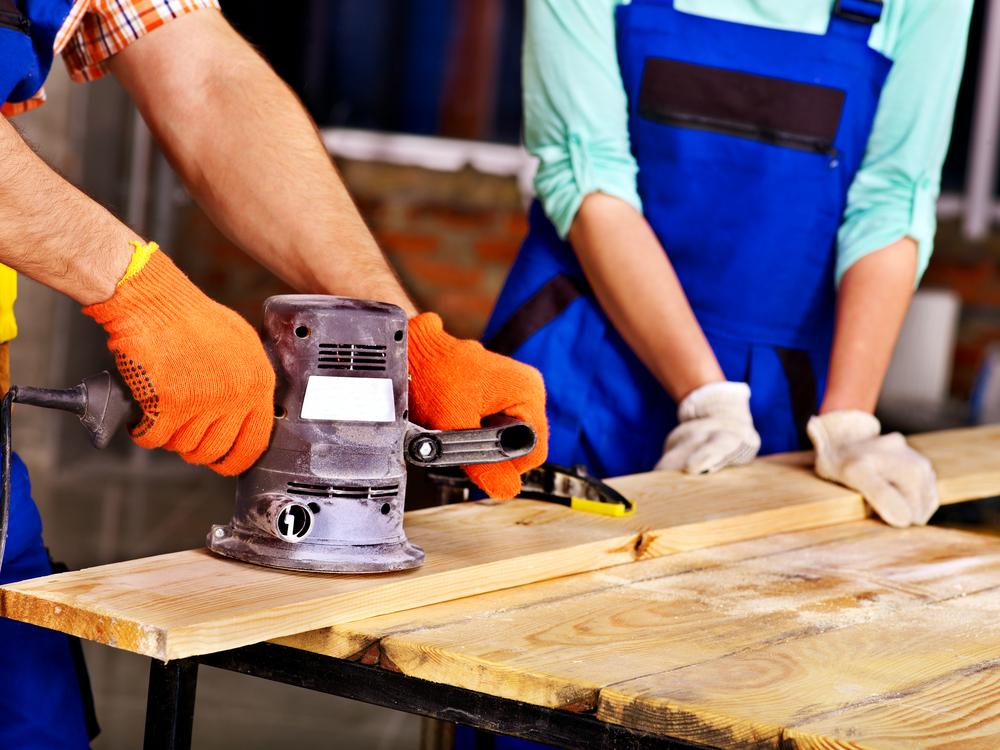
Essential Safety Guidelines for Using Power and Hand Tools
Every year, numerous injuries and emergency room visits are linked to power and hand tools. Many incidents are caused by neglecting safety practices. With proper precautions and awareness, such accidents can be avoided. Whether you're a novice or an experienced worker, prioritizing safety is crucial. Here are vital safety tips to follow when operating power and hand tools to ensure your safety and efficiency.
Power tools
These tools pack significant force, requiring the operator to maintain full control to prevent accidents.
Adhere to these safety measures when handling power tools:
Wear protective goggles – Powerful tools like drills or chainsaws can eject fragments or dust, posing eye injury risks. Always protect your eyes with suitable goggles during operation.
Use ear protection – Continuous exposure to loud noises from power tools can damage hearing. Employ ear plugs or muffs to shield your ears.
Don gloves – After prolonged use, power tools can heat up, causing burns. Use high-quality gloves to avoid skin injuries.
Maintain control – Power tools are powerful, so grip them firmly with both hands. Take breaks to reduce fatigue and muscle strain.
Utilize respiratory protection – Grinding or demolition produces dust and debris, risking respiratory issues. Wearing masks or respirators helps prevent inhalation of harmful particles.
Avoid water contact – Most power tools are not waterproof. Keep them dry to prevent malfunctions or electric shocks.
Inspect tools beforehand – Ensure all parts are securely attached and in good condition before use to prevent accidents.
Working with hand tools demands skill and caution. They offer full control but require careful handling to operate safely. Follow these safety tips:
Wear safety gear – Always use gloves, goggles, and helmets to protect against cuts, punctures, and eye injuries.
Maintain proper technique and posture – Hold tools securely, keep a stable stance, and position yourself wisely to avoid muscle strain or accidents during repetitive tasks.
Store and transport correctly – Use toolboxes or belts when moving tools. Avoid carrying sharp or small tools in pockets. Handle elevated tools with care, using hoists if necessary, and secure them safely on platforms to prevent falls.

